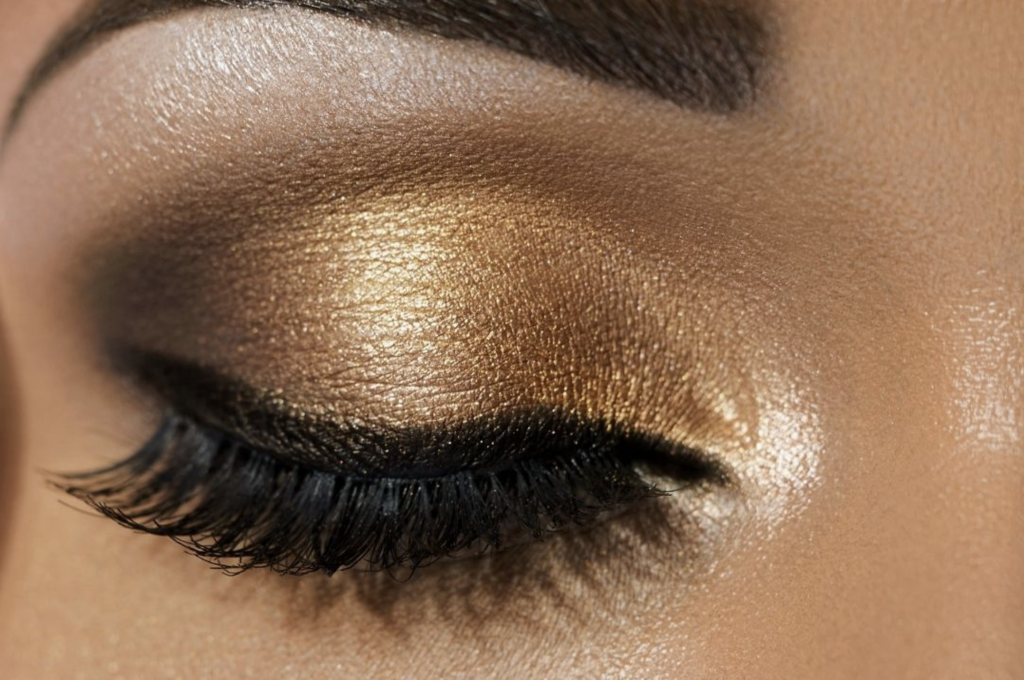July is Ultraviolet (UV) Safety Awareness Month
July is known as Ultraviolet Safety Month. During this time, the mission is to spread awareness about how important it is to protect our eyes and skin from the side effects of UV rays. July is the most prominent month during the sunny season. The beaches are crowded, the pools are open, and outdoor activities are in full swing. Everyone loves the warm summer rays on their body. Although the sun is the best source of Vitamin D, it is important to remember to protect the skin and eyes from the damaging rays that come along with the brilliant sunshine.
What is UV Radiation?
UV light is a form of electromagnetic radiation which is emitted from the sun. There are three types of rays emitted from the sun: UV-A, UV-B, and UV-C. However, UV-A and UV-B can cause the most damage if the right precautions are not taken.
UV-A has long wavelengths that can penetrate to the middle layer of the skin causing wrinkling or leathering. UV-B has shorter wavelengths that reach the outer layer of skin which is notorious for sunburns. UV-C is unable to pass through the Earth’s stratosphere which happens to be one ray not to worry about. UV radiation is at its highest when and where the sun’s rays are the strongest. It is also important to note that UV rays from tanning beds pose the same threat if not more since they offer a higher dose than sunlight.
How to minimize the risk of UV Radiation (UV Ray) Exposure?
- Use Sunscreen – Always use sunscreen (broad or full-spectrum/minimum SPF 15) while outdoors. Apply regularly and increase the rate of sunscreen applications if swimming/sweating. Spend time in the shade, especially if you are outside during peak hours. Note: UV rays are most intense between 10:00 a.m. – 2:00 p.m.
- Try to Get some Shade – UV rays are most intense between the hours of 10:00 am and 2:00 pm. You are going to want to avoid outdoor time during these hours. However, even during shadier times and on cloudy days, and even in the winter, the sun’s rays are still present and can still damage the skin.
- Cover Up – Keeping exposed skin covered is the best way to shield from the harmful effects of UV rays exposure. Lightweight long-sleeved shirts and pants offer the most protection as well as a wide-brimmed hat and sunglasses for eye protection.
Unprotected sun exposure can cause vision problems, premature aging of the skin, cancer, and even suppress the immune system. By learning the risks associated with too much sun exposure and taking the proper precautionary measures, everyone can safely enjoy Mother Nature’s brightest gift.


